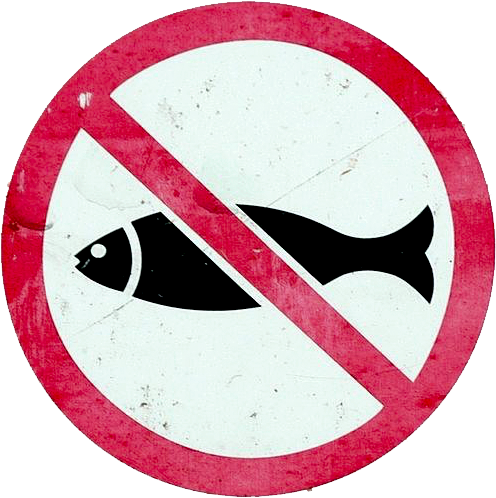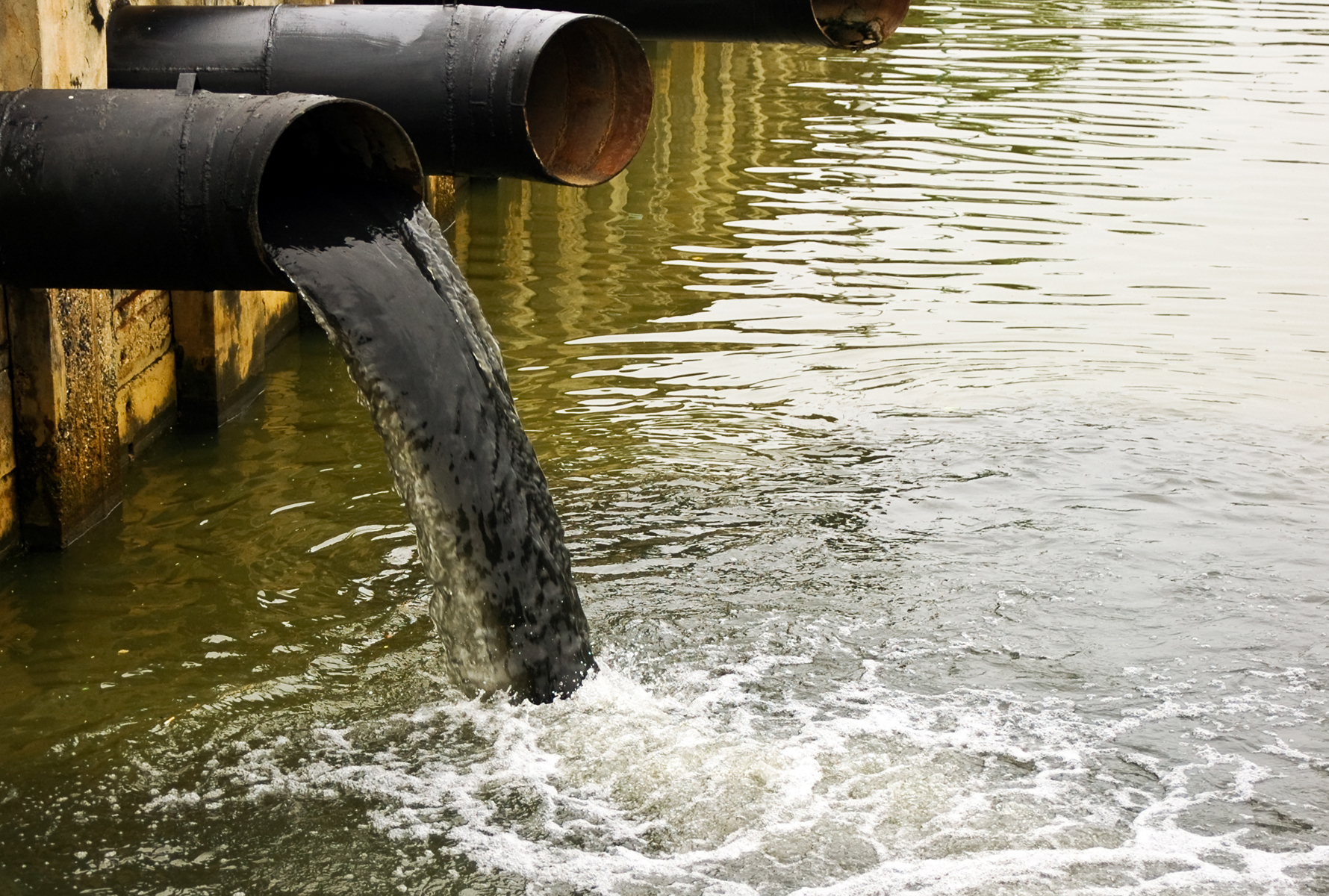River Impacts
Willamette River Contamination: How dangerous is it?
The human health and ecological risk assessments concluded that contamination within the Willamette River poses unacceptable risks to human health and the environment, with several contaminants of potential concern. See COPCs Below.
Bioaccumulation
Risks of eating Willamette River fish and PCBs.
PCBs are human health and ecological COCs. They are manmade chemicals banned in the late 1970s. PCBs are mixtures of up to 209 compounds (or congeners). Because they do not burn easily and are good insulating materials, PCBs were used widely as coolants and oils and in the manufacture of paints, caulking, and building material. PCBs are generally not mobile and stay in the environment for a long time. PCBs are classified as probable human carcinogens.
Children exposed to PCBs may develop learning and behavioral problems later in life. PCBs are known to impact the human immune system and skin, especially in child receptors, and may cause cancer in people. Nursing infants can be exposed to PCBs in breast milk. PCBs also can bioaccumulate in fish, shellfish, and mammals. In birds and mammals, PCBs can cause adverse effects such as anemia and injuries to the liver, stomach, and thyroid gland. PCBs also can cause problems with the immune system, behavioral problems, and impaired reproduction.
Primary River Contaminants
Contaminates of Potential Concern (COPCs)
PAHs are human health and ecological COCs. These chemicals are a major component of petroleum products or are formed during incomplete burning of coal, oil, gas, wood, or other substances. There are more than 100 different PAHs and they generally occur as complex mixtures. PAHs generally have limited mobility. PAHs are suspected human carcinogens with
Dioxins and furans are human health and ecological COCs. They are byproducts of chemical manufacturing, combustion (either in natural or industrial settings), metal processing, and paper manufacturing. The dioxin compound (or congener) 2,3,7,8-
Dioxins and furans con’t. reproductive problems, problems in fetal development or early childhood, immune system damage, and cancer. Nursing infants can be exposed to dioxins and furans in breast milk. Dioxins and furans can bioaccumulate in fish, shellfish, and mammals. Animal effects include developmental and reproductive problems, hemorrhaging, and immune system problems.
DDx, which represents collectively DDT and its primary breakdown products dichlorodiphenyldichloroethane (DDD) and
shellfish, and mammals, and can cause adverse reproductive effects such as eggshell thinning in birds.


